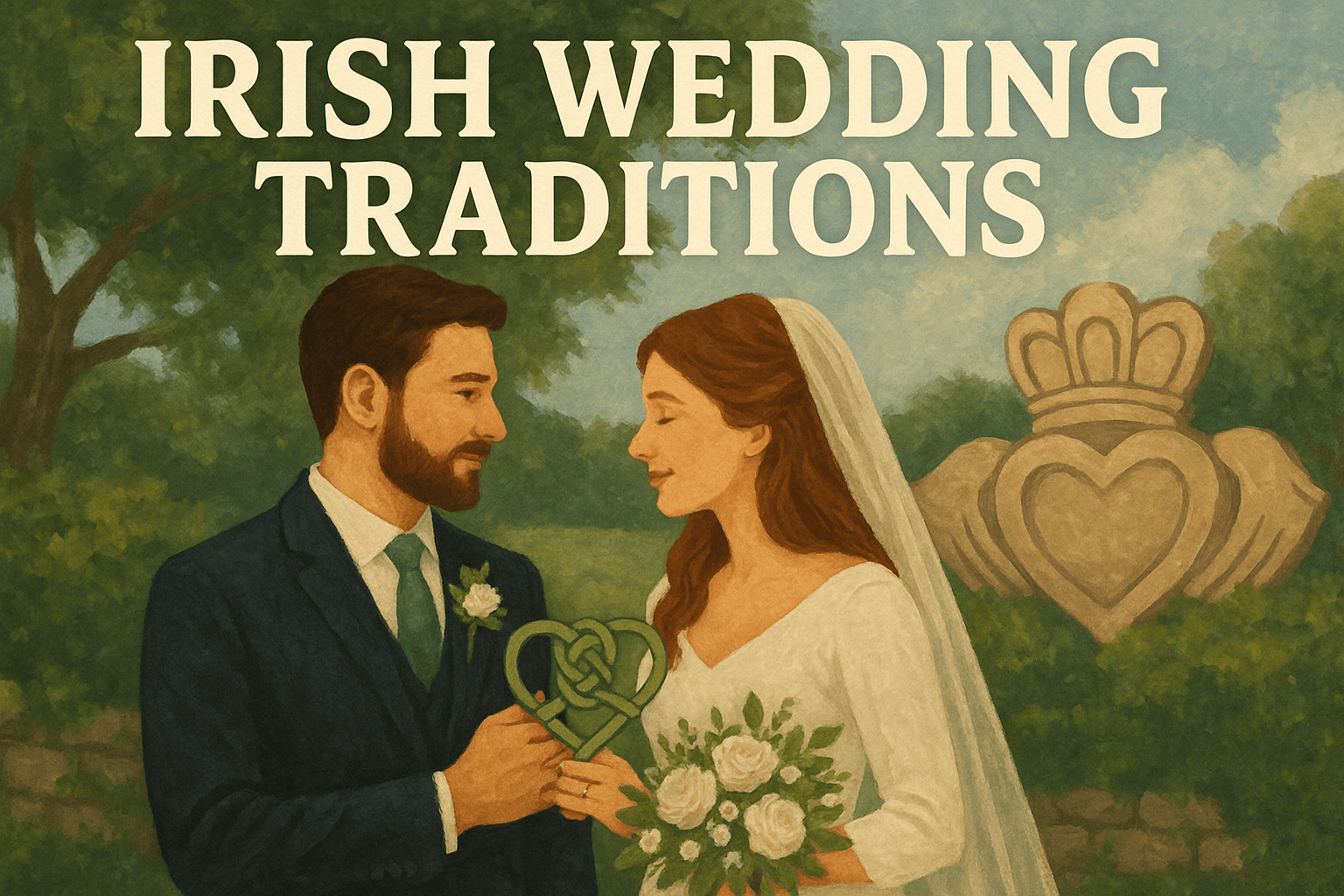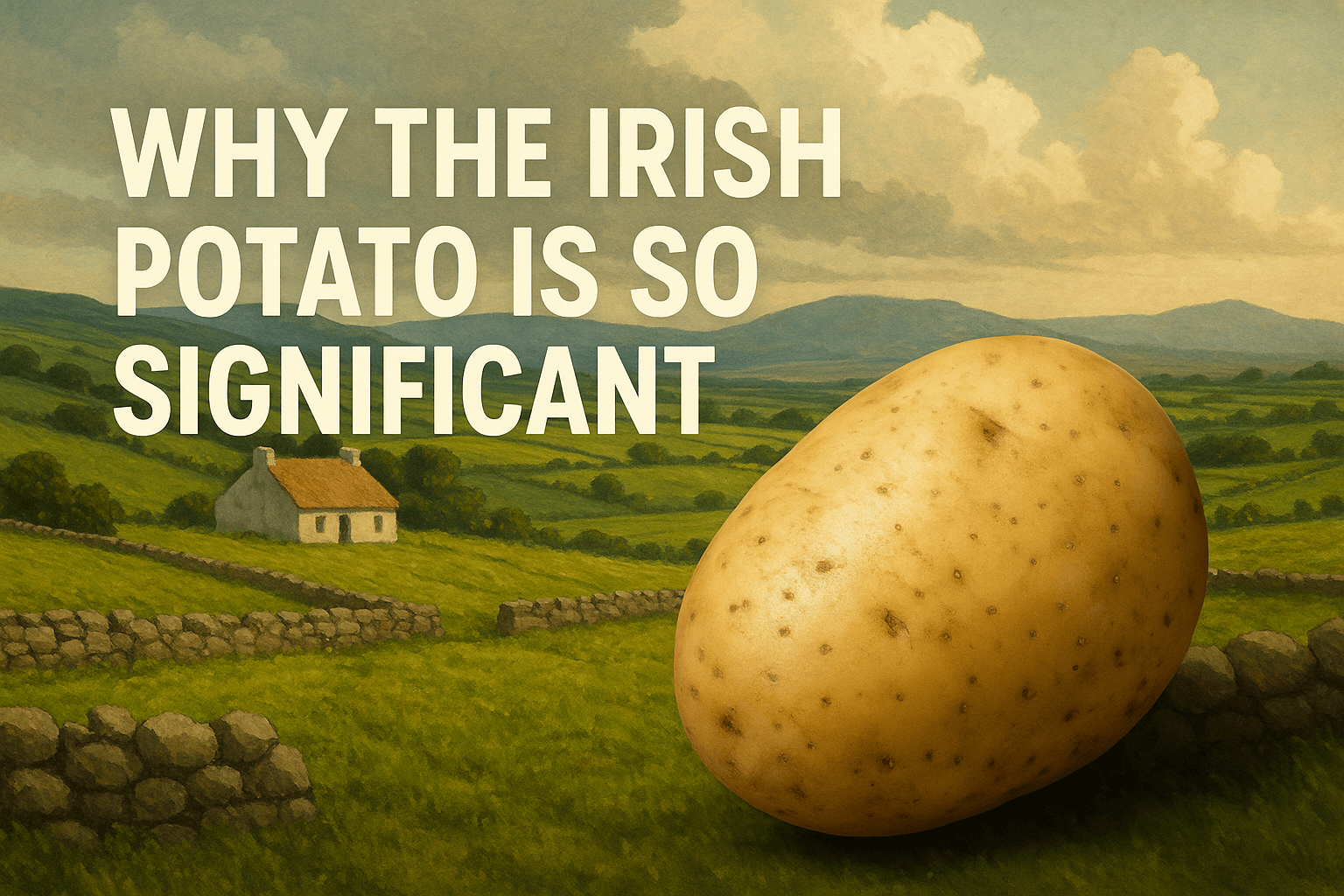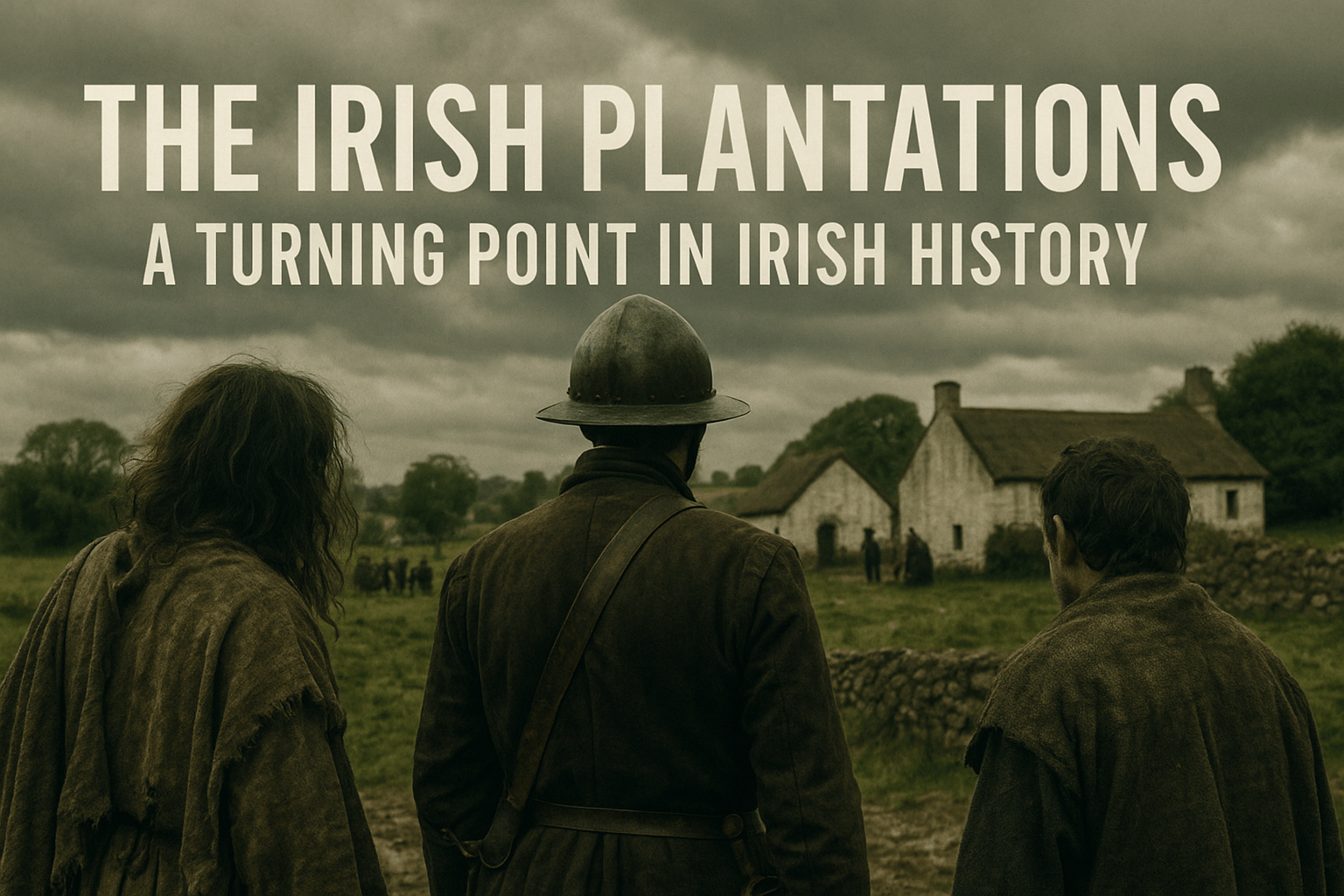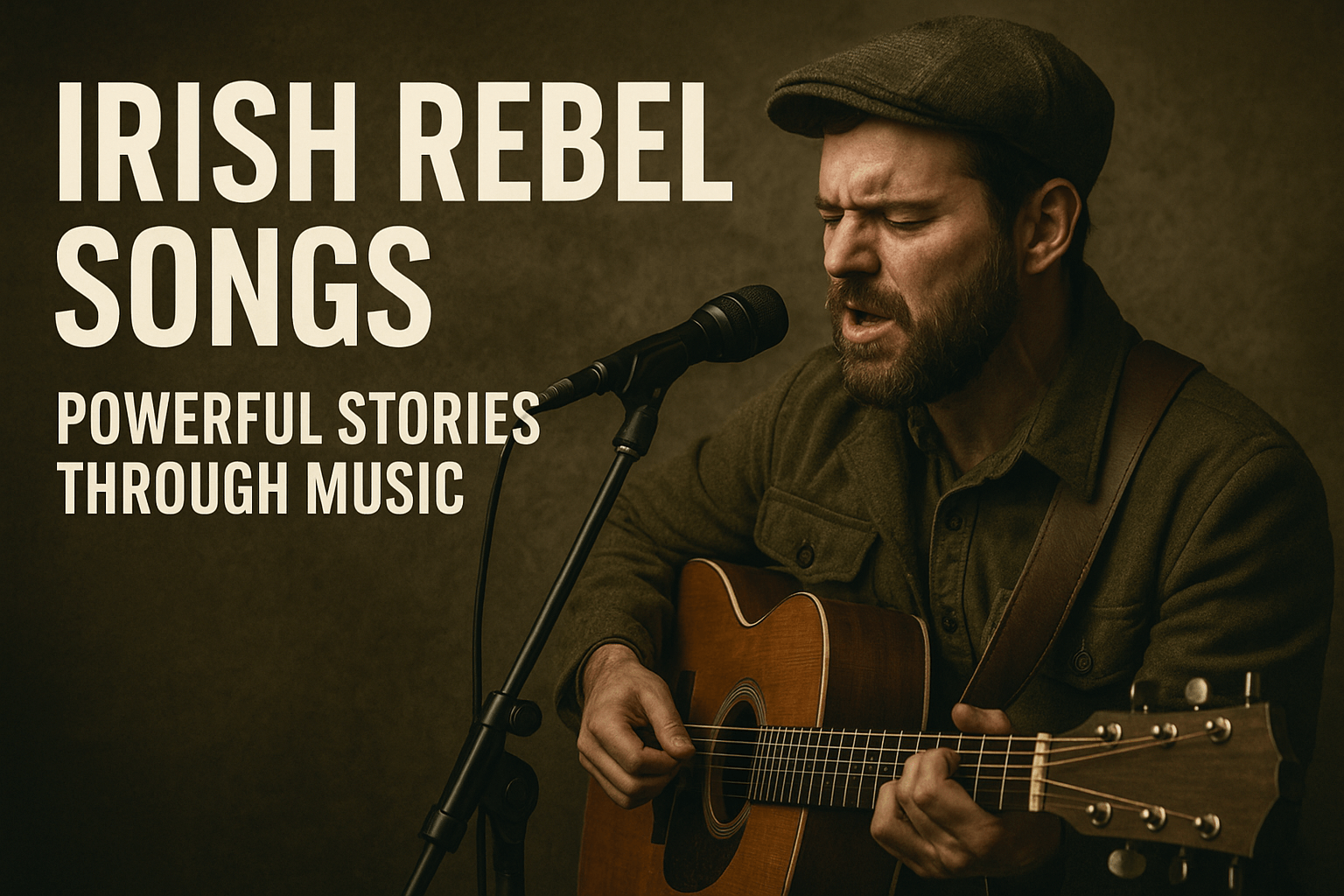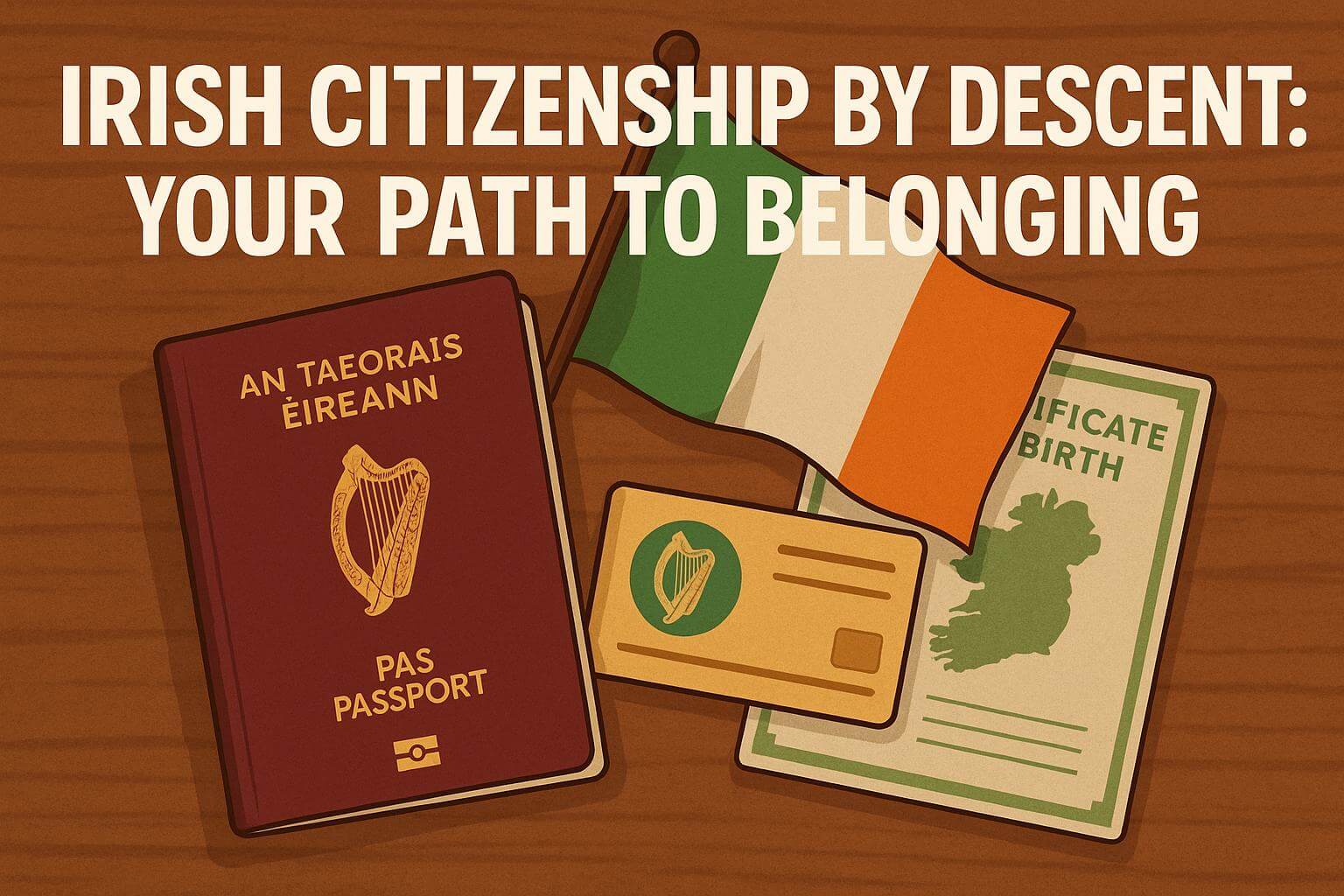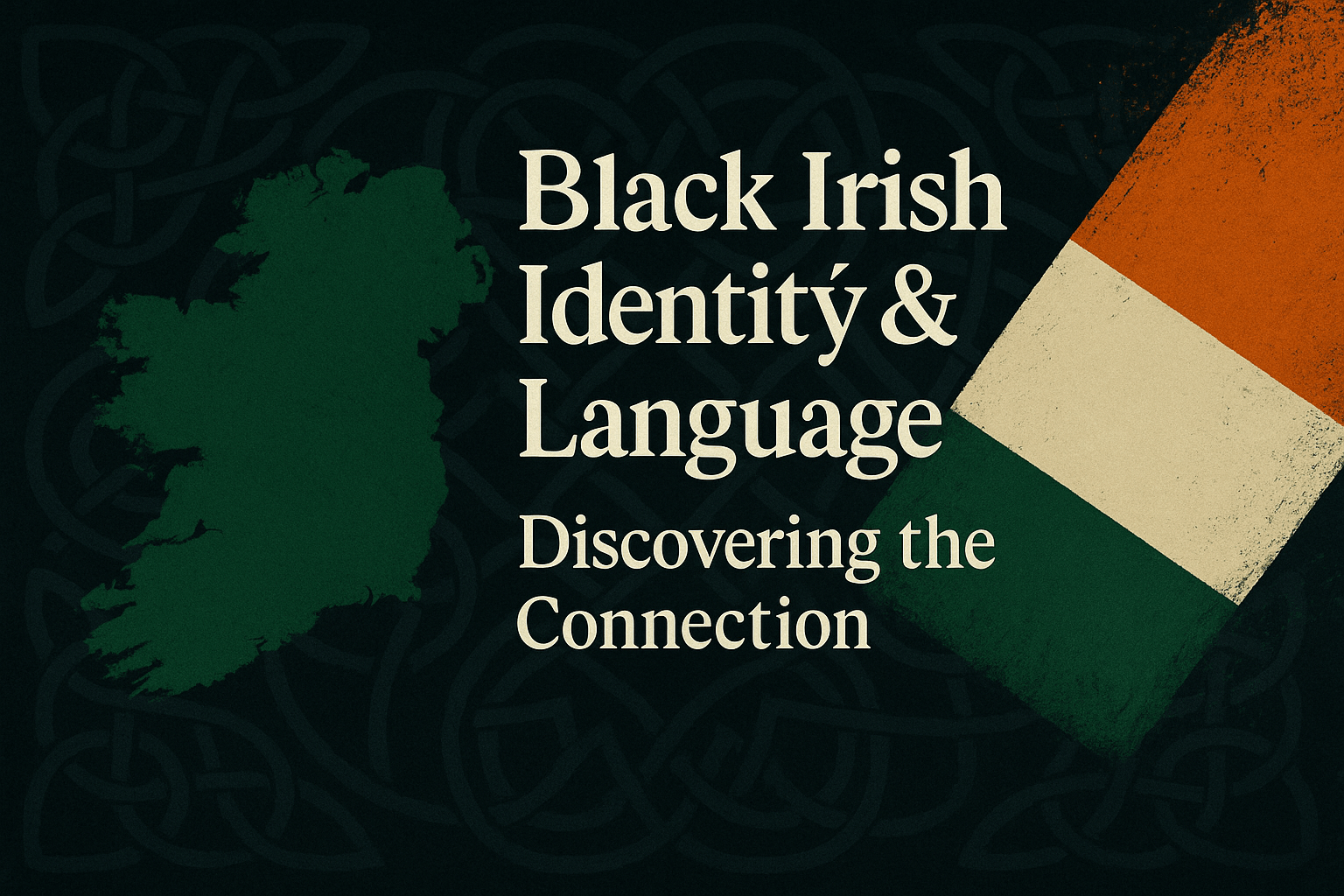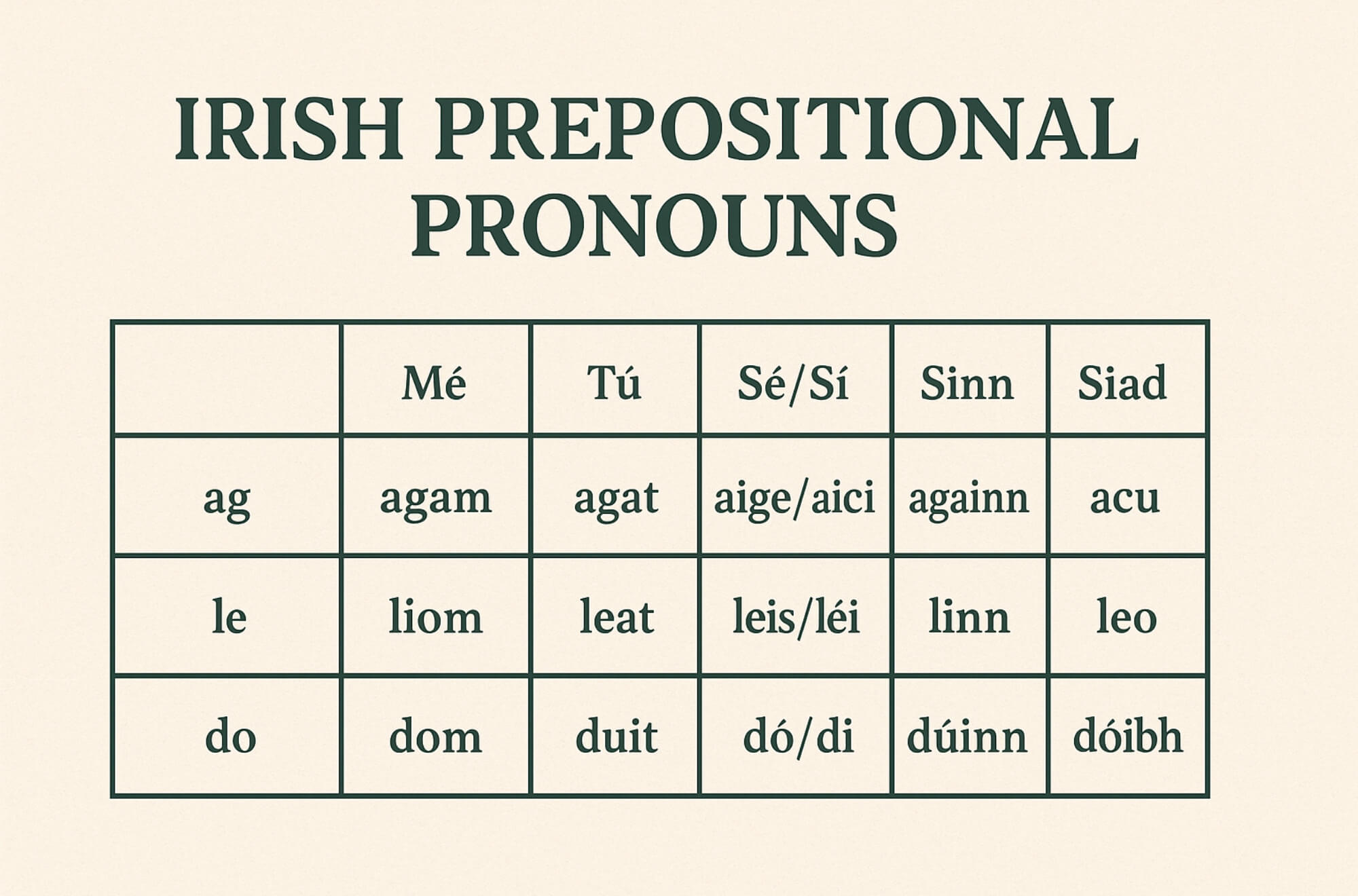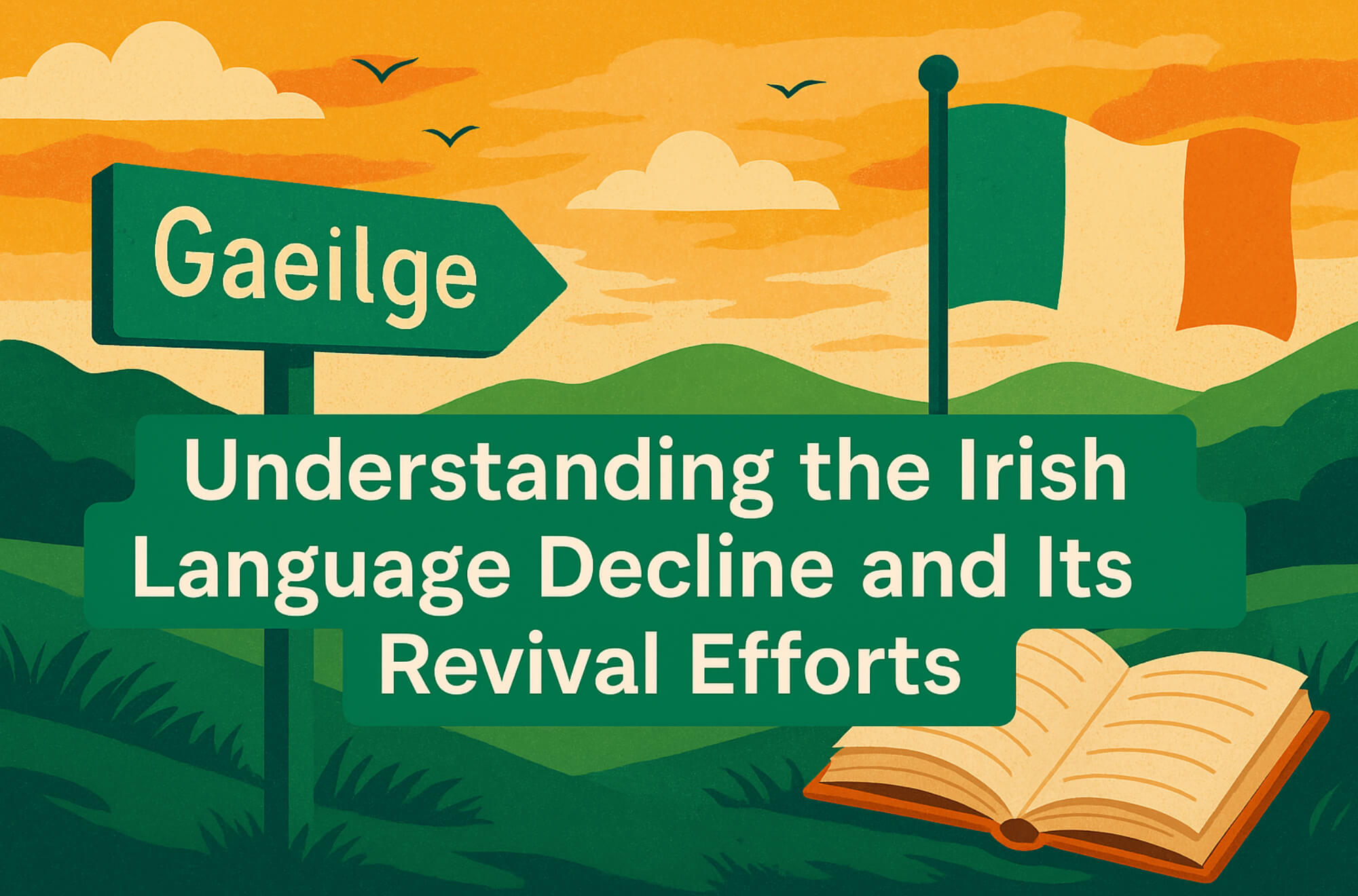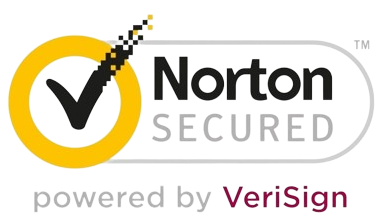One of the most distinctive accents in North America is found on the rocky shores of Newfoundland, Canada. With its sing-song rhythm, unique expressions, and unmistakable lilt, the Newfoundland accent often leaves people wondering: Is it Irish?
The answer is—yes, partly.
The Newfoundland accent’s Irish influence runs deep, especially in communities settled by Irish immigrants in the 18th and 19th centuries. In fact, the connections between Irish language, culture, and the Newfoundland accent are so strong that some dialects in Newfoundland preserve words, syntax, and intonation patterns that can still be traced back to the Irish Gaeltacht.
In this article, we’ll explore the origins of the Newfoundland accent, its Irish linguistic roots, and how learning Irish today with tools like Gaeilgeoir AI can help you better understand the enduring cultural ties between Ireland and Newfoundland.
A History of Irish Settlement in Newfoundland
Between the late 1700s and mid-1800s, tens of thousands of Irish immigrants—mainly from Counties Waterford, Wexford, Tipperary, and Cork—crossed the Atlantic to work in the Newfoundland fisheries. Most were native Irish speakers or bilingual in Irish and English.
These Irish settlers brought their language, songs, idioms, and speech patterns with them. Many settled in areas such as St. John’s, Ferryland, and the Southern Shore, which became strongholds of Irish culture in Newfoundland for generations.
The Newfoundland Irish didn’t just adopt English—they shaped a version of it that echoed their Irish heritage, both in sound and in spirit.
How the Irish Language Shaped the Newfoundland Accent
1. Rhythm and Intonation
Perhaps the most recognizable feature of the Newfoundland accent is its musical, rising intonation—a trait it shares with Hiberno-English (the variety of English spoken in Ireland). This pattern can be traced back to Irish sentence structure, which often places emphasis differently than English.
For example, Irish uses fronting and stress in unexpected places:
“It’s himself that’s going fishing today.”
This mirrored structure made its way into Newfoundland English.
2. Vocabulary and Phrasing
Many Newfoundland English words and expressions have direct Irish language counterparts:
- Scrob – to scratch or scrape, from Irish scrób.
- Sleveen – a sly or cunning person, from slíbhín.
- Mauzy – damp, foggy weather (like in Munster Irish usage).
You can explore more fun Irish-derived expressions with our Cool Irish Words to Know article.
3. Grammar Structures
Some syntax in Newfoundland English reflects Gaelic grammatical influence, such as:
- Repeating the subject: “John, he went to town.”
- Double negatives: “I didn’t see nobody.”
- Use of habitual aspect: “He’s always doing that,” echoing the Irish bíonn sé ag déanamh é sin i gcónaí.
These are subtle clues—but they show how the Irish language helped shape the structure of Newfoundland speech.
The Irish Language in Newfoundland Today
While Irish Gaelic is no longer widely spoken in Newfoundland, its influence is still found in:
- Family names and placenames (e.g. Kilbride, Ballyhack)
- Oral storytelling traditions
- Local idioms and turns of phrase
- Songs and ballads that preserve original Irish phrasing
In fact, some Newfoundland songs—like Óró ‘sé do bheatha abhaile or The Star of the County Down—still hold cultural weight in both Ireland and Canada.
If you’re learning Irish today, recognizing these echoes in Newfoundland English can make your study of the language even more rewarding. Gaeilgeoir AI offers intuitive tools to help you spot these connections.
Famous Linguistic Studies of the Newfoundland-Irish Connection
Linguists have studied the Newfoundland accent and its Irish roots extensively. One notable work is “The Irish Language in Newfoundland” by Diarmaid Ó Muirithe, which documents the linguistic imprint left by Irish settlers.
Additionally, Memorial University in Newfoundland has conducted fieldwork on this subject through the Dictionary of Newfoundland English, where many entries list Irish origins. You can explore that resource here:
🔗 Dictionary of Newfoundland English – Memorial University
Similarities Between Irish and Newfoundland Idioms
The expressive nature of Newfoundland English is another point of comparison with Irish. Here are a few phrases that highlight this shared spirit:
| Newfoundland Expression | Irish Influence |
|---|---|
| “The back of God’s speed” | Echoes Irish phrasing for remoteness |
| “He’s some good” | Reflects Irish structure for emphasis |
| “Fairly cracked” (eccentric) | From Irish craiceáilte (crazy) |
| “What are you at?” | From Cad atá tú a dhéanamh? |
For learners, comparing idioms like these offers a fun way to connect languages and cultures. You can dive deeper into common Irish phrases in our Essential Gaelic Phrases Guide.
Why This Connection Matters for Language Learners
If you’re from Newfoundland (or have roots there), learning Irish isn’t just about a new skill—it’s about rediscovering a language your ancestors may have spoken fluently. Many people don’t realize how closely their local dialect ties them to the Gaeltacht.
Learning Irish can:
- Deepen your connection to heritage
- Clarify the roots of local expressions
- Unlock new layers of cultural identity
- Give you access to music, stories, and family history
Whether you’re a beginner or coming back to the language after years, Gaeilgeoir AI offers online Irish courses and bite-sized lessons to fit your pace.
How Gaeilgeoir AI Helps You Learn Irish Naturally
Gaeilgeoir AI is designed to make learning Irish intuitive, practical, and culturally relevant. If you’re fascinated by the Newfoundland accent or Irish-English speech patterns, you’ll enjoy how Gaeilgeoir AI:
- Breaks down pronunciation with real examples
- Offers flashcards with regional vocabulary
- Helps you understand grammar in use
- Connects lessons to folklore, history, and real conversation
Check out our Irish language lessons for beginners to get started.
Final Thoughts: One Voice, Two Shores
The Newfoundland accent’s Irish roots are more than a linguistic curiosity—they’re a reminder of how language travels, adapts, and survives. For generations, Irish immigrants helped shape the voice of Newfoundland. And in return, the region preserved traces of Irish speech long after it had faded elsewhere.
Learning Irish today is one way to bring that voice full circle—to reconnect with the rhythm, vocabulary, and soul of a language that still echoes on both sides of the Atlantic.
Interested in exploring Irish through your accent, heritage, or history?
Join Gaeilgeoir AI and start learning Irish in a way that feels personal, cultural, and fun.

